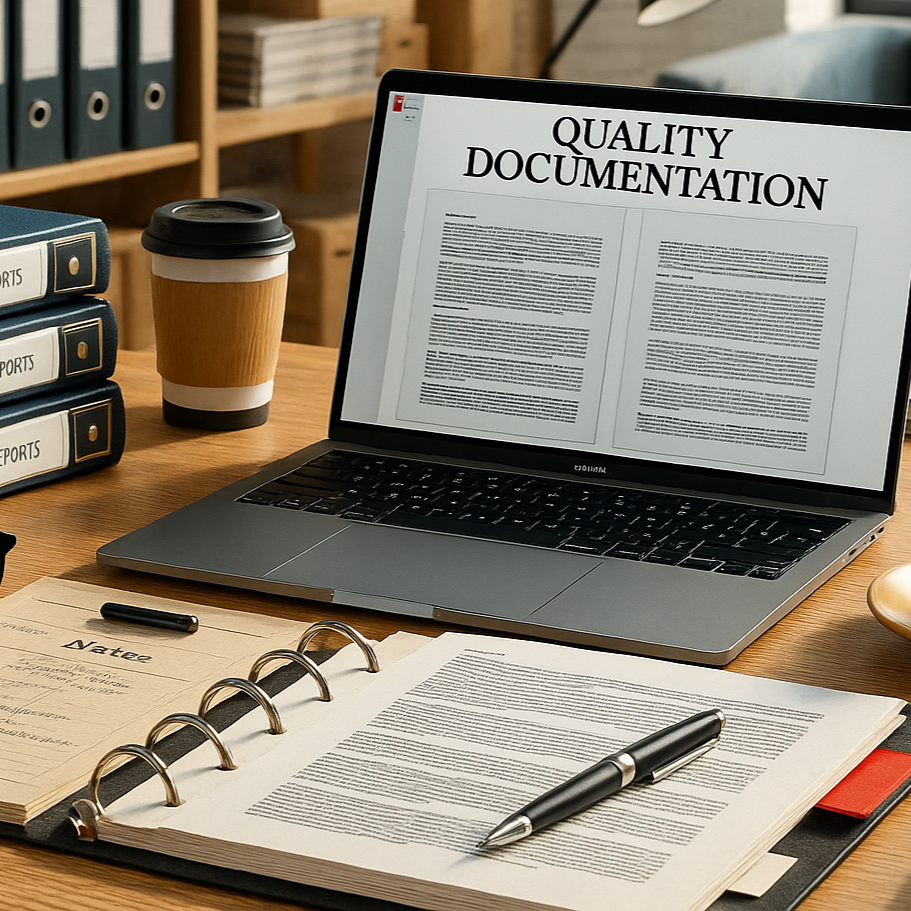Compliance Review, Inc. provides Inspection Site Visits as part of the fraud prevention effort of CMS (Center for Medicare and Medicaid Services, a division of the U.S. Department of Health and Human Services) as administered by Palmetto GBA.
We work exclusively for Palmetto GBA
We are not actively seeking other clients. We seek to provide the best service possible to Palmetto GBA and participate at a high level of competence in that contract alone.
Inspector and Staff Login Links

How We Work
The mission of CRI is to conduct site visits as part of the fraud prevention effort of CMS under contract to Palmetto GBA. We are assigned entities to physically visit as (ultimately) representatives of the U.S. government and prove the applicant exists providing Medicare/Medicaid services.
These site surveys are unannounced and “address specific”. We prove they are at the address and are open and operational (or not). We prove this by finding and observing the location and address, seeing it with our own eyes and observing it is in fact functioning. We provide supporting evidence by taking photographs with smartphones that also record the date, time, and GPS location of the photos.
Our Mission is to conduct site visits as part of the fraud prevention effort of CMS under contract to Palmetto GBA. We are assigned entities to physically visit as (ultimately) representatives of the U.S. government and prove the applicant exists providing Medicare/Medicaid services. These addresses are “address specific”. We prove they are at the address and are open and operational (or not). We prove this by finding and observing the location and address, seeing it with our own eyes and observing it is in fact functioning. We provide evidence by taking photographs with smartphones that also record the date, time, and GPS location of the photos. The form we complete online is not simply an inspection report, but an affidavit affirming our personal observation. Our work is conducted within an assigned timeframe, the form and photos are uploaded for each case as a single report to Palmetto. Palmetto then reviews the report and sends them on to CMS to be part of the official record of the agency.
Territory Coverage
We have the capability to work nationwide, but the current contract with Palmetto is for the Eastern region of the United States. This is defined as all states East of the Mississippi River, including territories and possessions.

Inspector Standards

- Be organized and manage assignments without constant reminders.
- Report issues as soon as discovered whether with a case or territory.
- Be accountable, own up to any errors and resolve issues as soon as possible.
- Maintain a neat, organized appearance with a requirement of a business casual dress code. (This means no jeans, shorts, sweats, t-shirts, tennis shoes, flip flops, etc.)
- Always have credentials when on duty (Photo ID badge and Letter of Authorization.)
- A calm, tactful, non-confrontational demeanor even when in a difficult situation. We do not mirror belligerence or use coarse language.
- Be dependable with a strong work ethic and “can do” attitude.
- Be truthful in reporting.
Tips for Quality Documentation
Gather Names and Titles:
- Always note the names and titles of individuals providing crucial information during the inspection. For example, if you receive operation hours or services information, record the name of the person (like a receptionist) providing this data.
Comprehensive Photographic Evidence:
- Capture both the exterior and interior of the location. If inspecting a provider in an office suite within a larger building, photograph the building's exterior, the main entrance, and the specific suite entrance.
- Ensure photos are clear and well-lit. Avoid blurry or dark images that might obscure important details.
Documenting Conversations:
- When recording information obtained from conversations, briefly note the context of the discussion and the key points covered.
- If possible and appropriate, ask for written confirmation or statements to supplement verbal information.
Precise Timestamps and GPS Data:
- Ensure all photographs and notes have accurate timestamps and GPS coordinates.
- Double-check that this information is visible and correct on all documentation.
Clear and Concise Reporting:
- Write reports in a clear, concise, and objective manner. Avoid jargon or ambiguous language.
- Organize the report logically, making it easy to follow and understand.
Handling Unavailability or Closed Locations:
- If a location is closed or unavailable, document the date and time of the visit, and take photographs that prove the attempt to conduct the inspection.
- Include notes on any visible signs, notices, or other relevant information indicating the status of the location.
- A second visit is usually required as we want to give all providers the presumption of good-faith.
Data Privacy and Confidentiality:
- Be mindful of data privacy laws. Avoid capturing personal information of individuals unless absolutely necessary and permissible.
- Maintain confidentiality of any sensitive information encountered during inspections.
Regular Updates:
- Keep your documentation tools (like cameras or apps) updated to ensure the best performance and accuracy in capturing information.
Feedback and Continuous Improvement:
- Actively seek feedback on your documentation practices and be open to making improvements based on the suggestions received.

By following these tips and best practices, inspectors can produce high-quality documentation that meets the stringent standards of our inspection process, ensuring credibility, compliance, and efficiency.
